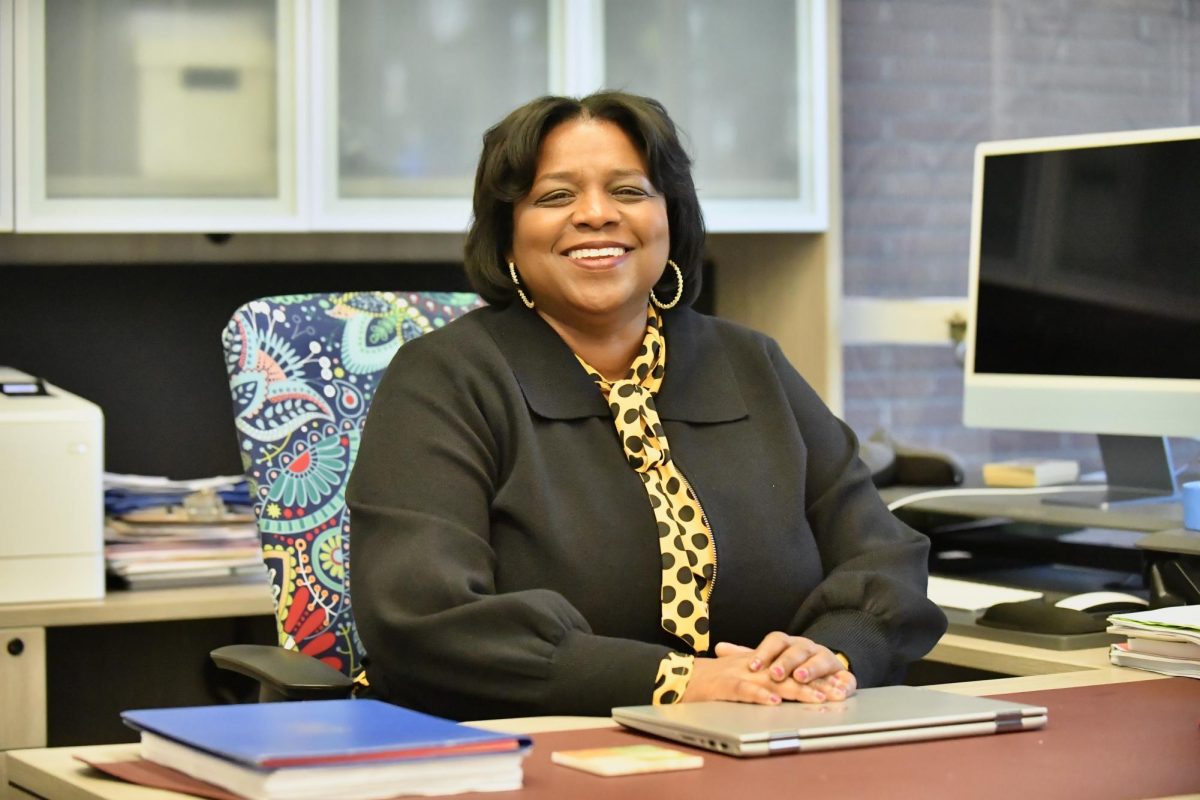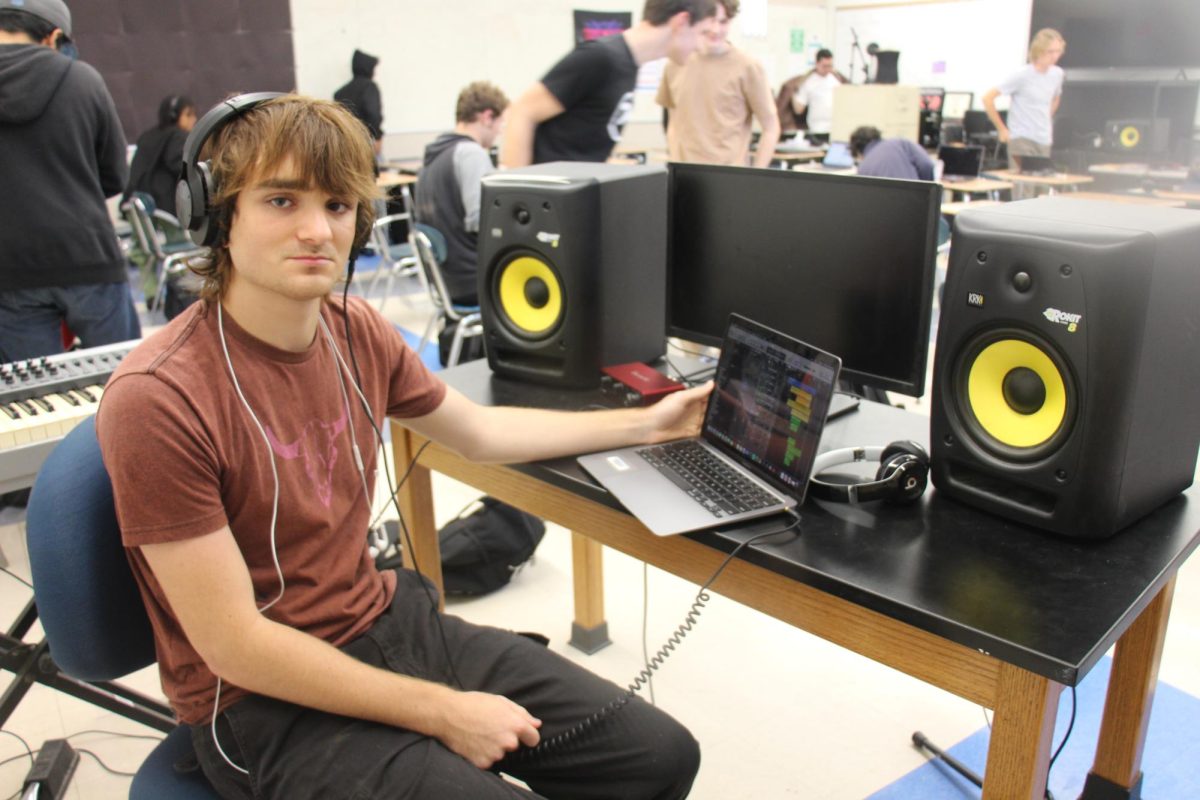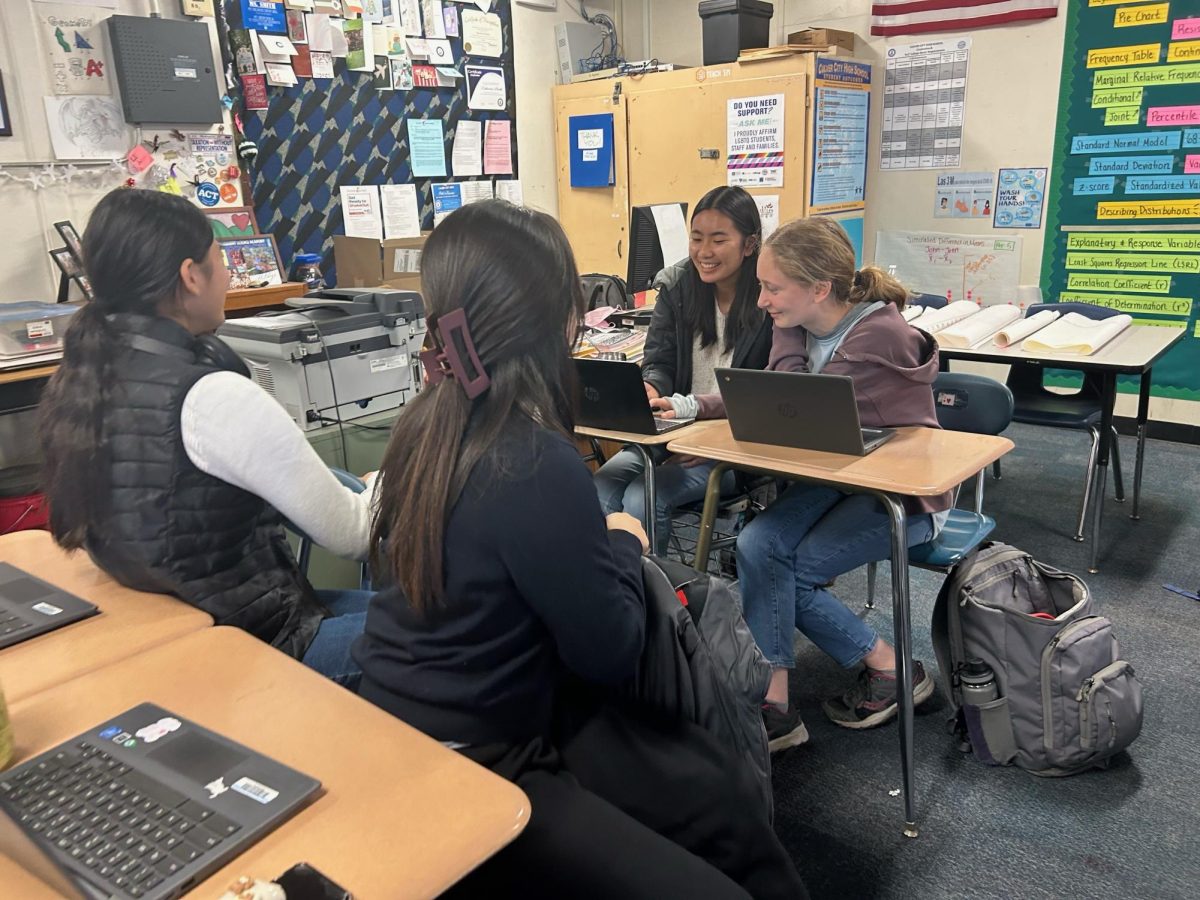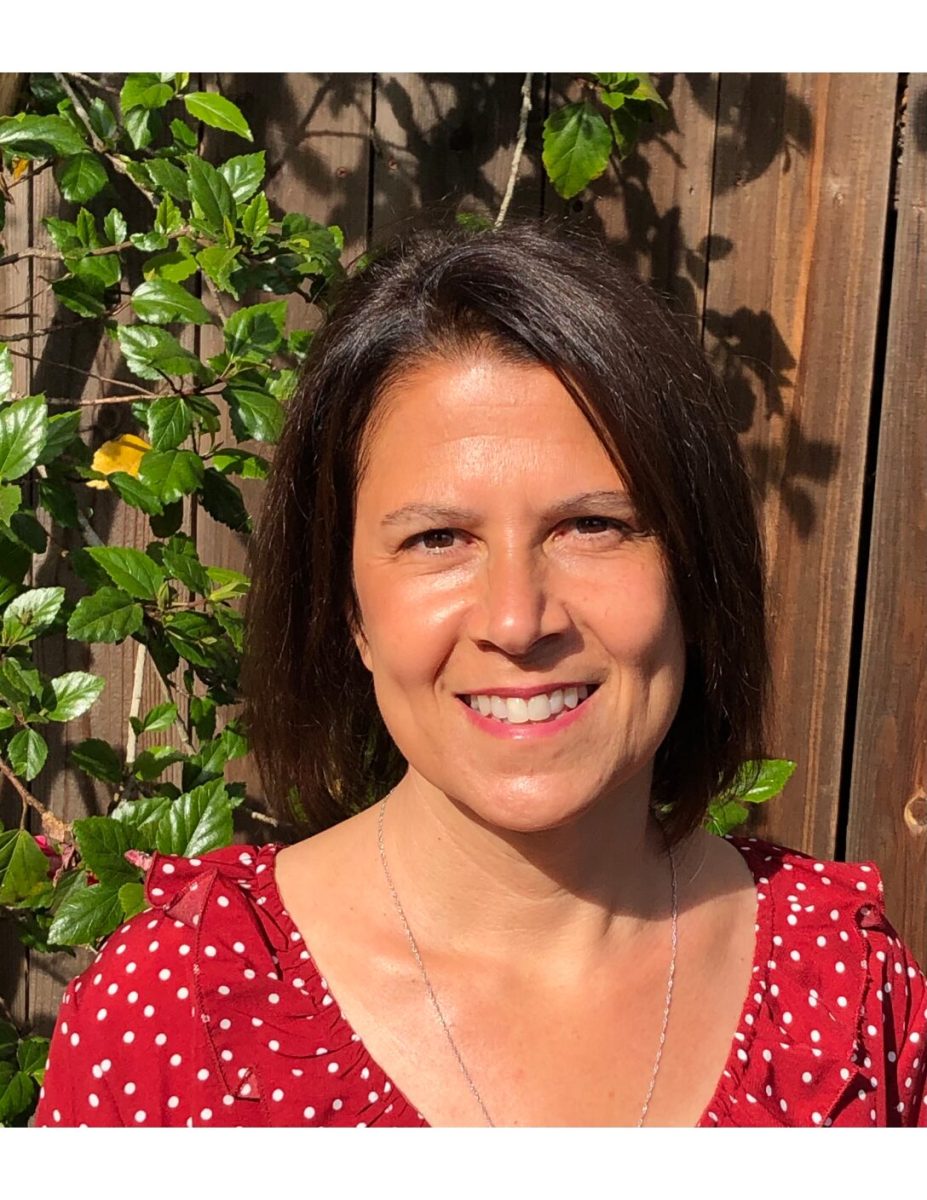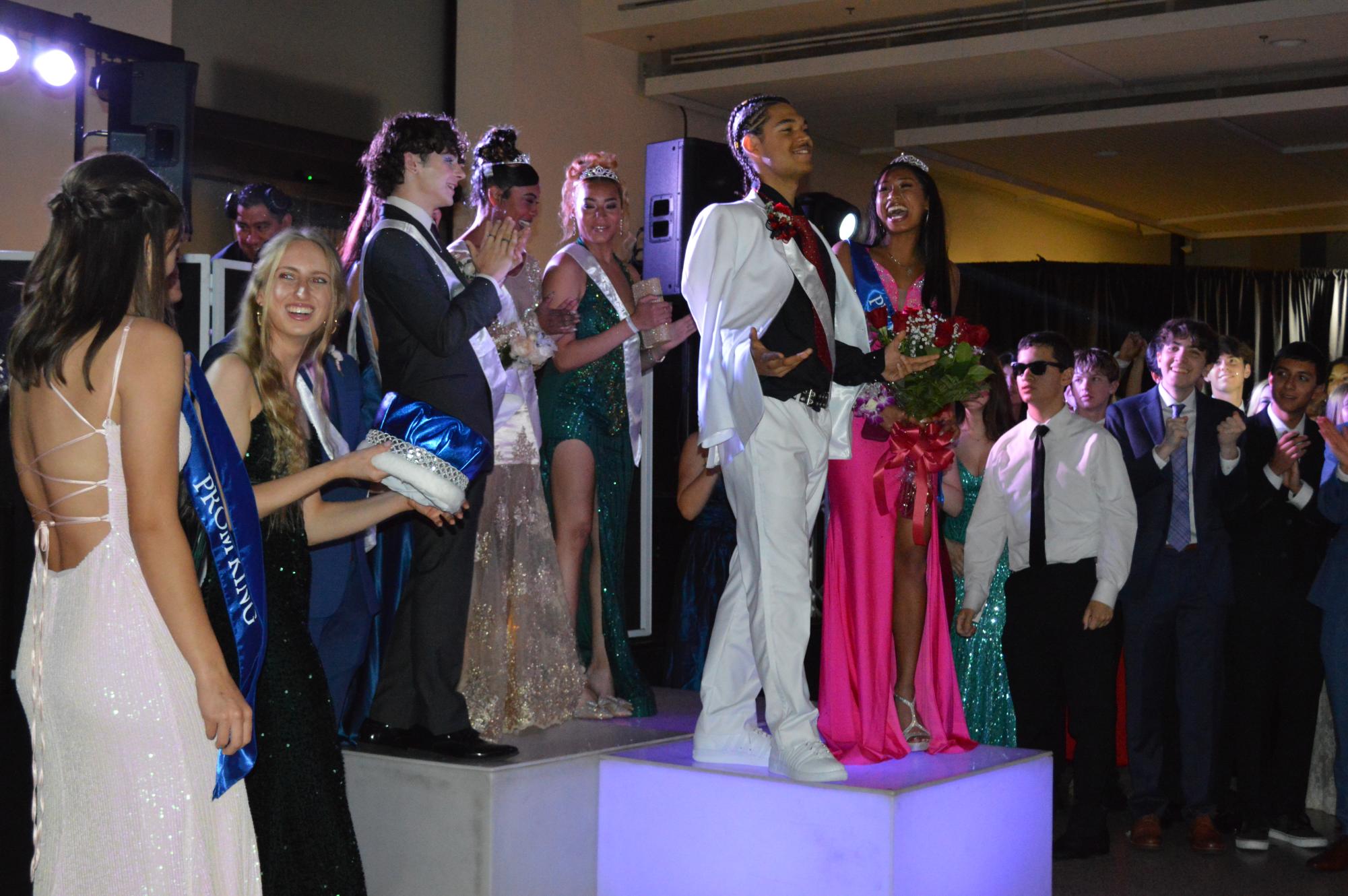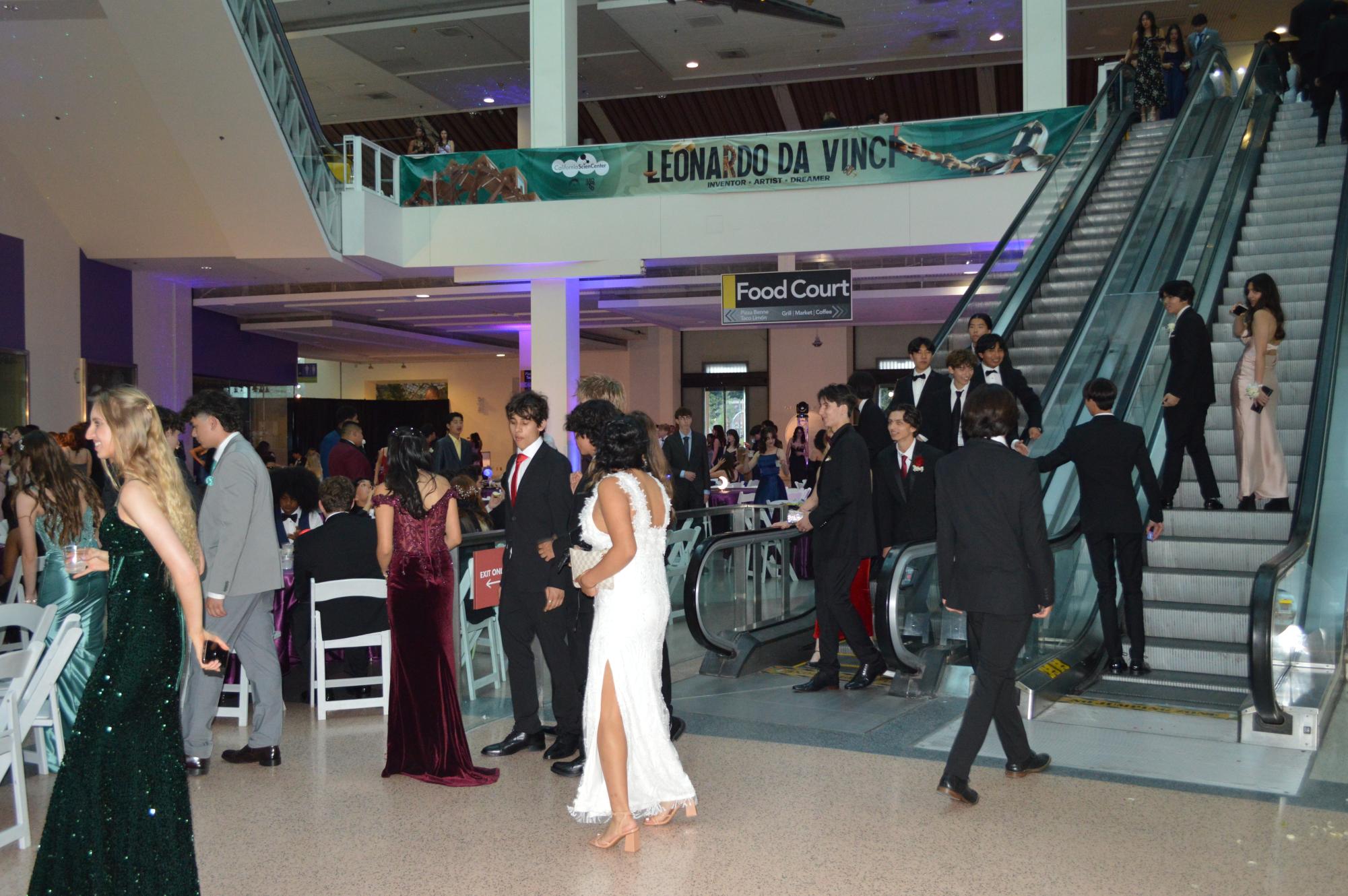Ready or Not? Secondary Schools Look to Reopen
March 20, 2021
In March 2020, schools were full of unmasked students leaning forward in their seats to hear the static voice over the loudspeaker saying they’d have an extra week of spring break. Now, one year later, those students strain to hear their teachers through computer speakers, wondering when school will go back to normal, and what that normal will look like.
On Tuesday, March 9, the Culver City School Board held a meeting in which the possibility of reopening secondary schools was discussed. With elementary schools set to reopen on April 5 for Kindergarten through second graders and COVID numbers trending in the right direction, Culver City isn’t the only district considering secondary reopening. While the details of such a reopening are still changing, the immediate response – from teachers, students, and parents – has been overwhelmingly negative.
Though there have been no confirmed dates given to students, it appears the school will attempt to reopen on April 19, leaving only six or seven weeks of hybrid learning depending on how exams are handled. While the school planned to have three cohorts, so few students have chosen to return to school that likely there will only be two. One cohort will be on school Monday and Tuesday, the other on Thursday and Friday leaving Wednesdays solely for distance learning.
Unlike elementary school students who remain with one teacher and one group of students all day, secondary students will have three classes a day, posing the question of logistics. How will students get from class to class when passing periods are an undeniably chaotic five minutes? How will the school keep the classrooms clean between classes? Will the bathrooms be equipped for this?
Upon announcing its own hybrid reopening, LAUSD laid out a plan to assign each student a homeroom during which they would Zoom into each class like they do from home. Students would have access to school WiFi and noise cancelling headphones with a teacher or staff member to supervise. Culver hasn’t announced its own plan, but will not be following this same model.
At the March 9 board meeting and listen and learn later that week, concerns were voiced by both students and teachers. Many fear the disruption that will be caused by this transition for not only those going back onto campus, but also those remaining at home. Teachers will have to teach in person and online students simultaneously, checking for physically raised hands and Zoom messages alike.
Yes, elementary school teachers would face the same dilemma. However, this transition would be coming at a vital part of the school year for secondary students, especially those in high school. May brings the start of AP exams; a disruption in learning, whether it be due to technical difficulties or class time spent situating students in the newly distanced classroom setup, could be detrimental. At the board meeting a few students articulated this concern, among them the high school ASB Vice President, Eva Hooten, who has advocated for surveys to be sent directly to the students. While the school board has agreed, no action has been taken.
“Agreement doesn’t mean anything if it isn’t coupled with action,” Hooten said.
Elementary school students may not know enough about the implications of reopening to require a student survey, but secondary students do. In a discussion that concerns not only the students’ academics but their mental health and stress levels, shouldn’t the school board give them a voice? On March 19 the Board sent a survey to parents asking which model their student will be following, and while it asked for parents to consult their students, the students had no direct hand in reopening. Additionally, there was no place left for parents to leave thoughts regarding the reopening.
Not to mention, students aren’t the only ones to consider. Reopening would require teachers to come back onto campus and teach possibly three cohorts of students each day. Though the teachers will have a survey to voice their hesitation, it’s unclear to what extent and how their concerns will be met.
In a survey about mental health during the pandemic, only few students believed that coming back to teach on campus was a part of a teacher’s job. Hooten finds it inequitable to force teachers to choose between a leave of absence and working on campus. After all, they would be risking not only their own health, but that of their family, in doing so.
One teacher worried about what they would do about childcare.
“Can I bring them on campus?” they asked. For working parents who cannot bring their children into work, reopening may turn into a game of musical chairs. Especially those who have elementary students transitioning into hybrid.
CCUSD was given some vaccines earlier this year, and with the new announcement that Los Angeles will open up vaccination to everyone over fifty starting April 1, it’s wonderful that teachers and administrators will have the opportunity to get vaccinated. Students over sixteen will have the chance to get vaccinated come April 15. Many students have said they look forward to the social interactions they’ve been missing for the last year. Some can’t wait to be back on campus. Since late fall of 2020 there have been academic and athletic PODs, and recently engagement pods have opened for other students. Even this sliver of normality has aroused excitement.
With only a couple of months left this school year, however, and considering the many health and logistical concerns, it would be better for the school to focus their energy on solid hybrid learning plans for the next school year.









